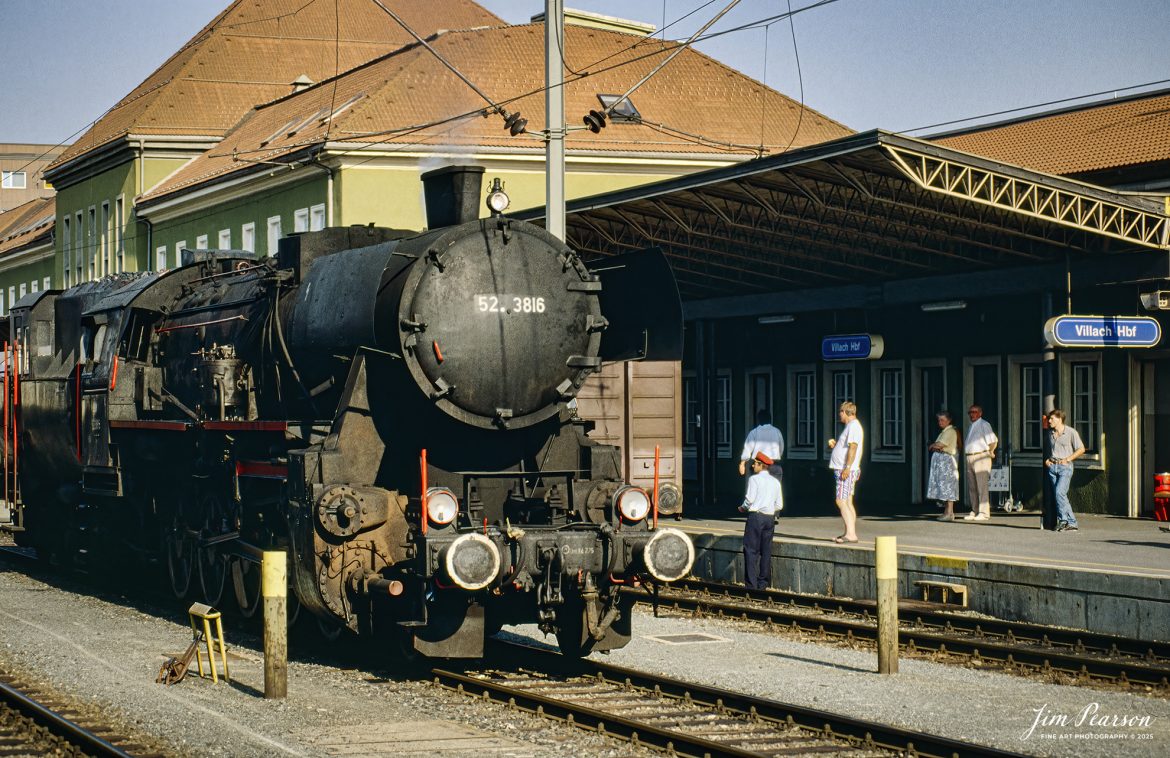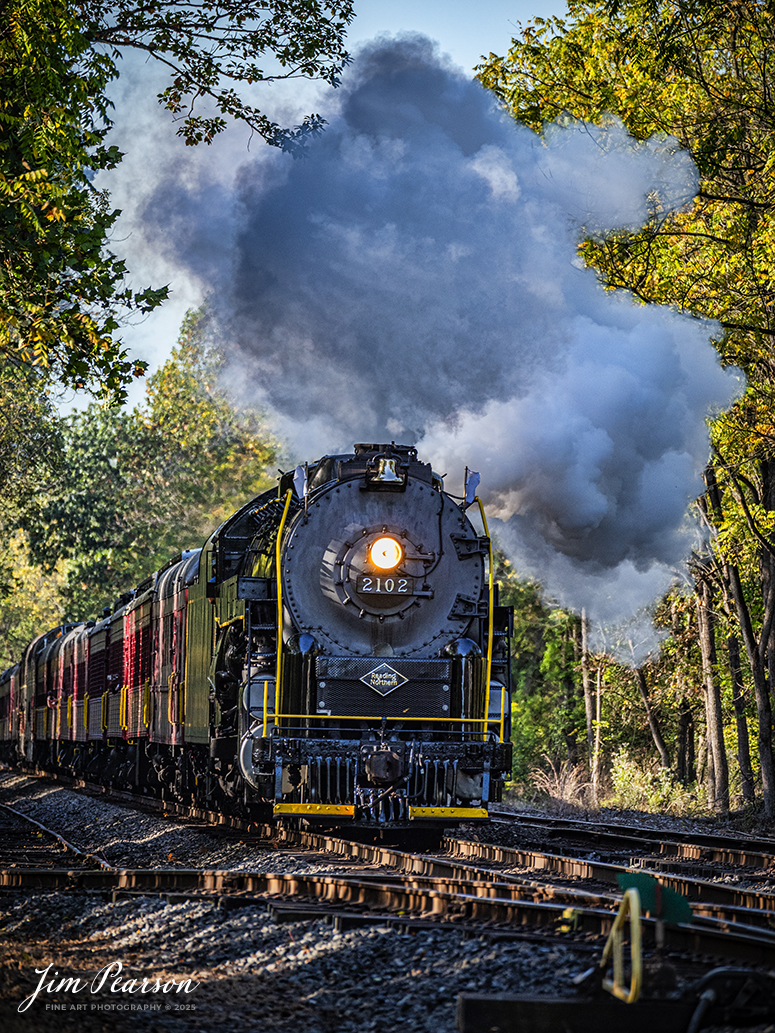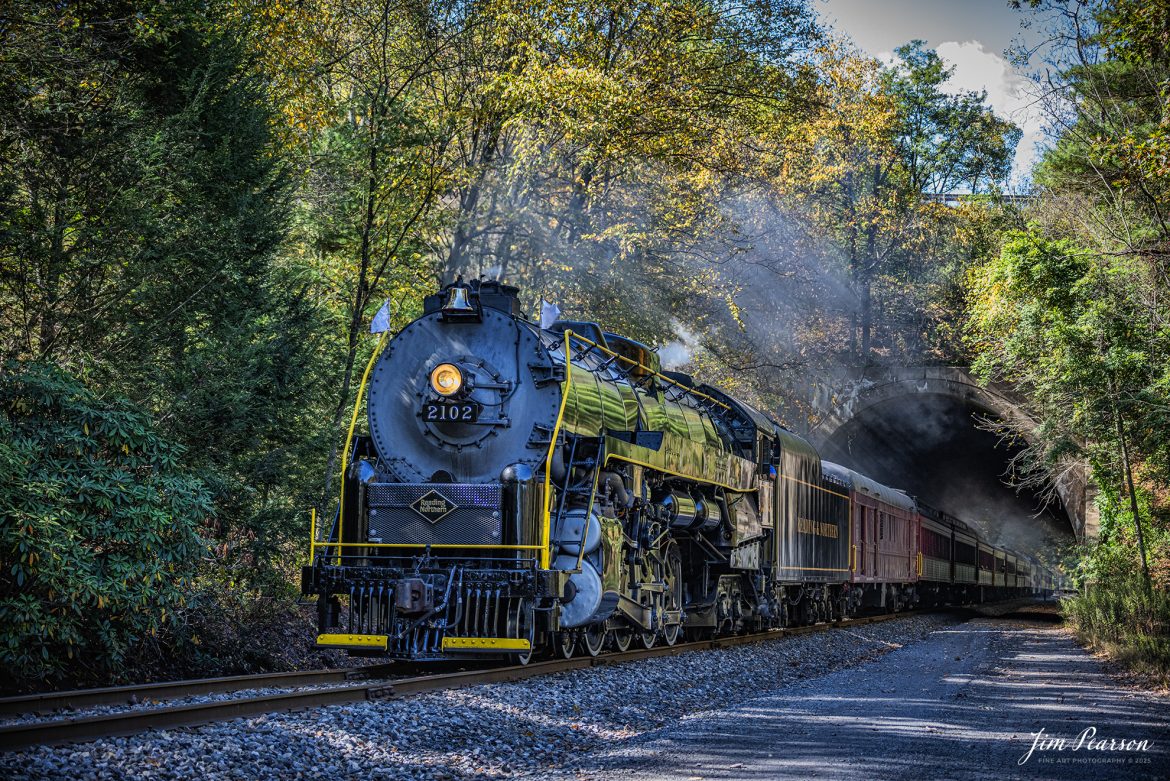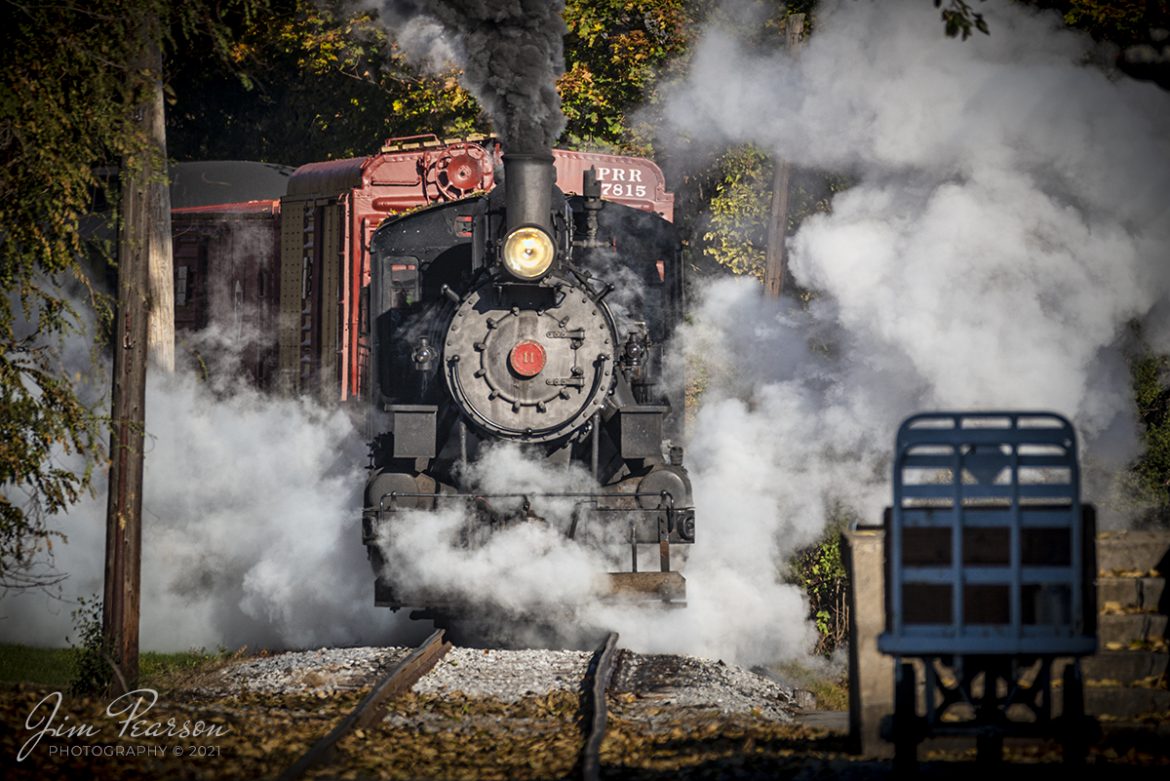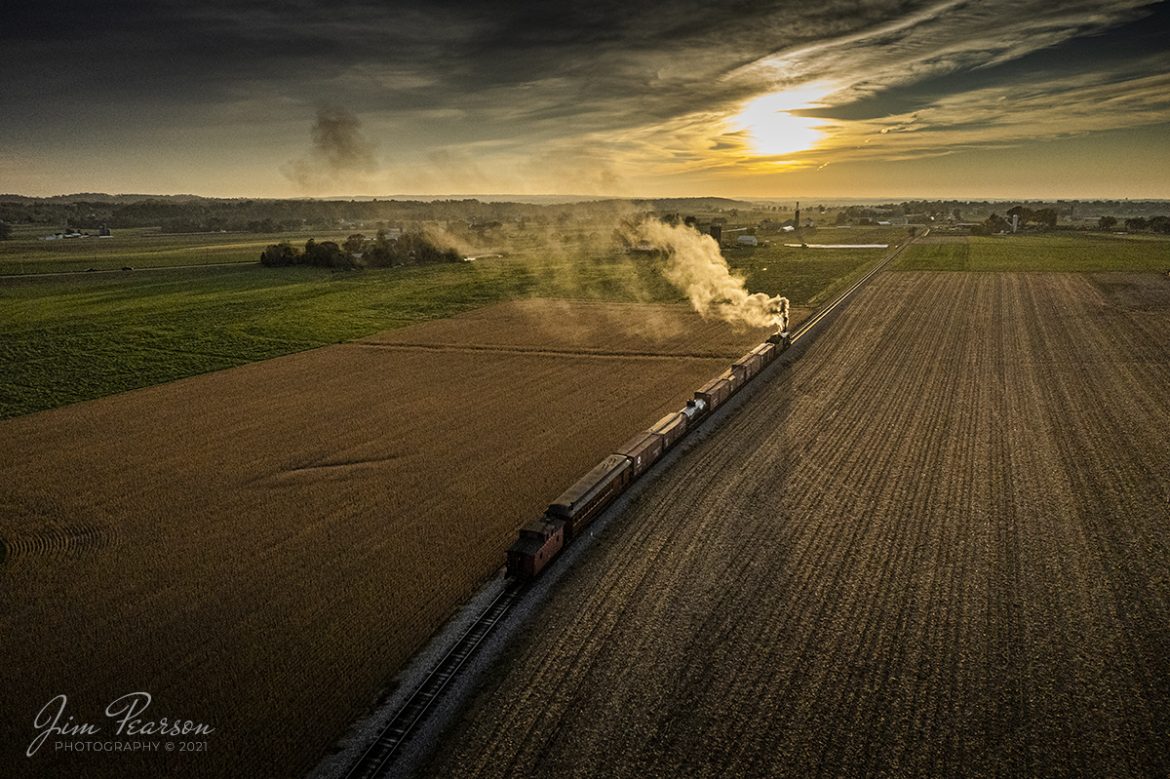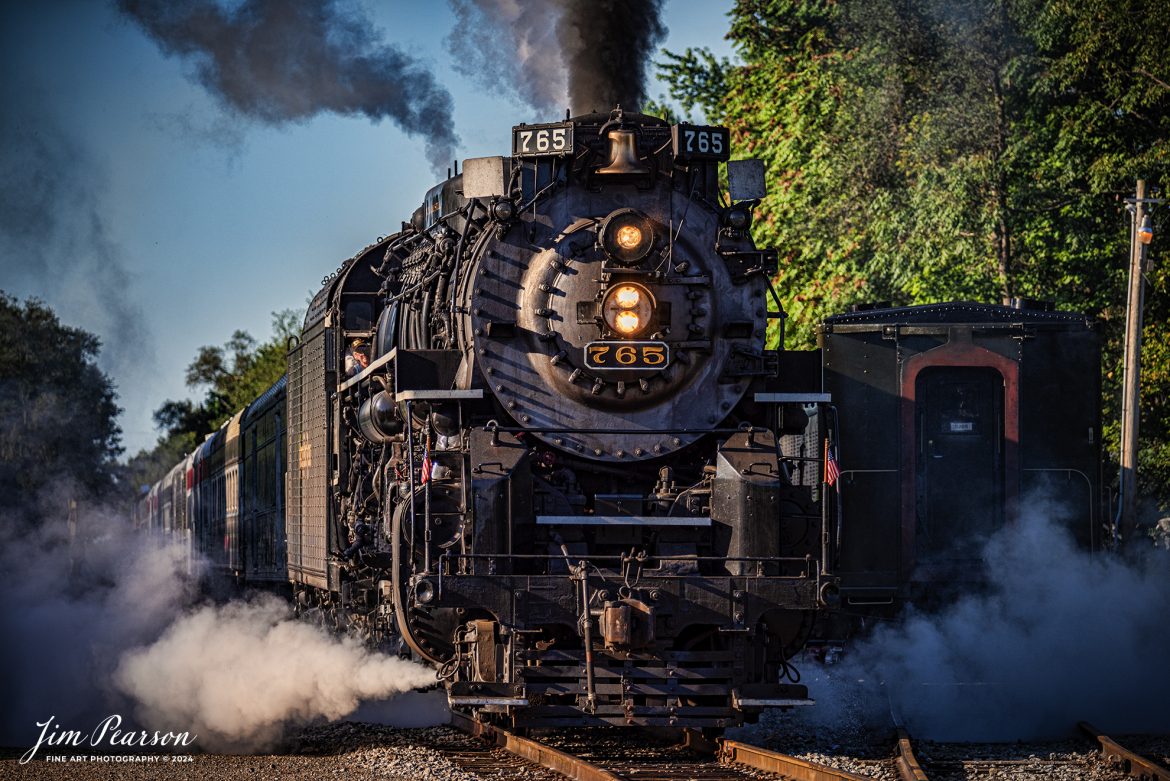Film Wednesday – 1993 – Today’s scanned slides were all taken at various places during the time I was deployed during (from Wikipedia) “Operation Deny Flight which was a North Atlantic Treaty Organization (NATO) operation that began on 12 April 1993 as the enforcement of a United Nations (UN) no-fly zone over Bosnia and Herzegovina.”
This is a shot of a passenger train departing the station at Villach, Austria during a long weekend where I was on a train headed to Zermatt, Switzerland. “Villach Hauptbahnhof is the main railway station in Villach, the second largest city in the Austrian state of Carinthia. It primarily serves as a passenger station and is an important junction within the Austrian Federal Railways network.” (Wikipedia)
“The United Nations and NATO later expanded the mission of the operation to include providing close air support for UN troops in Bosnia and carrying out coercive air strikes against targets in Bosnia. Twelve NATO members contributed forces to the operation and, by its end on 20 December 1995, NATO pilots had flown 100,420 sorties.”
Also from Wikipedia: We were also part of “Operation Provide Hope which was a humanitarian operation conducted by the U.S. Air Force starting in 1992 to provide medical equipment to former Soviet republics during their transition to freedom from the USSR until 1994.
The operation was announced by Secretary of State James A. Baker, III on January 22–23, 1992 and the initial shipment of supplies was sent on February 10, 1992. Twelve US Air Force C-5 and C-141 was carrying an estimated 500 tons of bulk-food rations and medicines into Moscow, Saint Petersburg, Kyiv, Minsk, and Chișinău from Germany and Yerevan, Almaty, Dushanbe, Ashkhabad, Baku, Tashkent, and Bishkek from Turkey. In total, for nearly two weeks sixty-five missions flew 2,363 short tons (2,144 t) of food and medical supplies to 24 locations in the Commonwealth of Independent States during the initial phase of operation. Much of these supplies were left over from the buildup to the Persian Gulf War.”
For 6-months of this operation I was the photo editor for a Combat Camera team that worked out of Aviano, Italy covering both operations. On the weekends, our schedules allowed us some time to travel and on my days off I traveled and today’s photos, along with many others.
Tech Info: Camera, Nikon F3, Ektachrome Slide Film, no other data recorded, Scanned with a PlusTek 8200i.

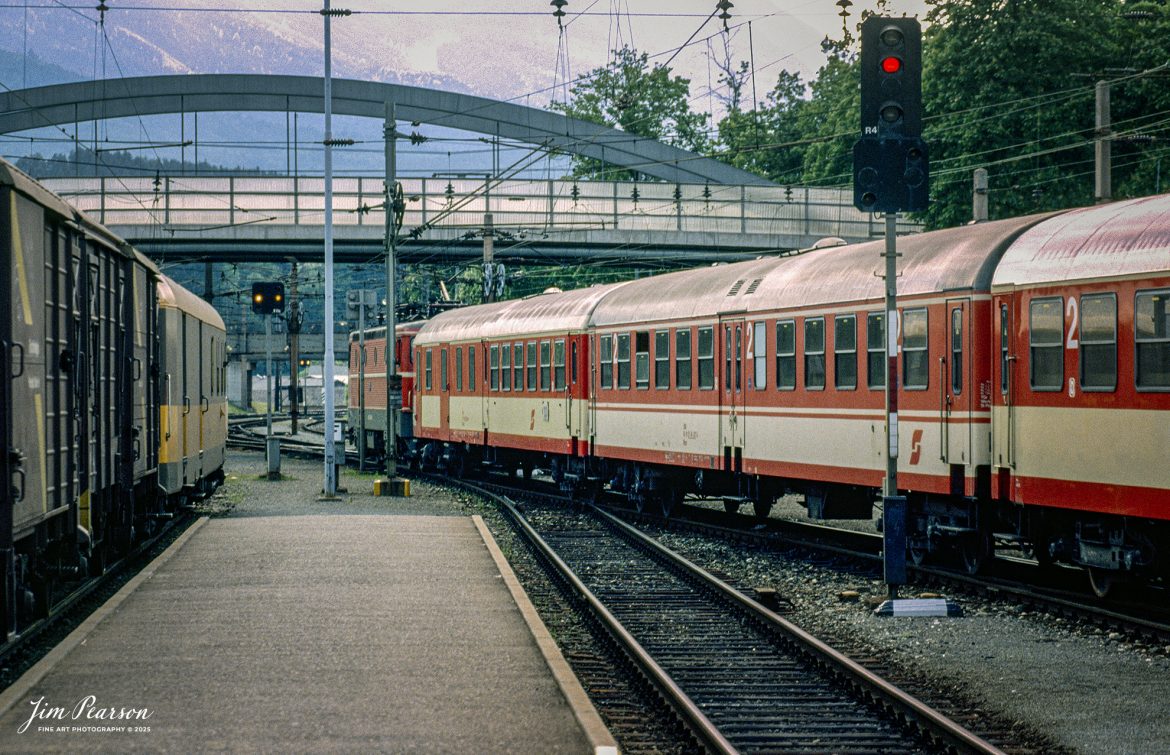
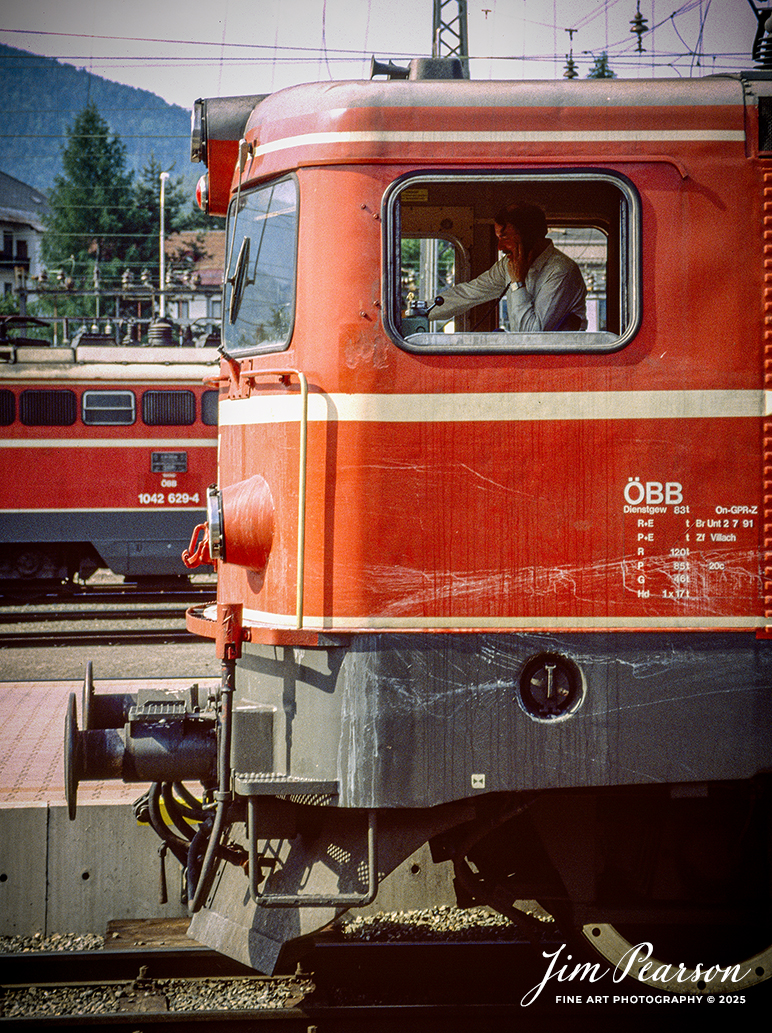
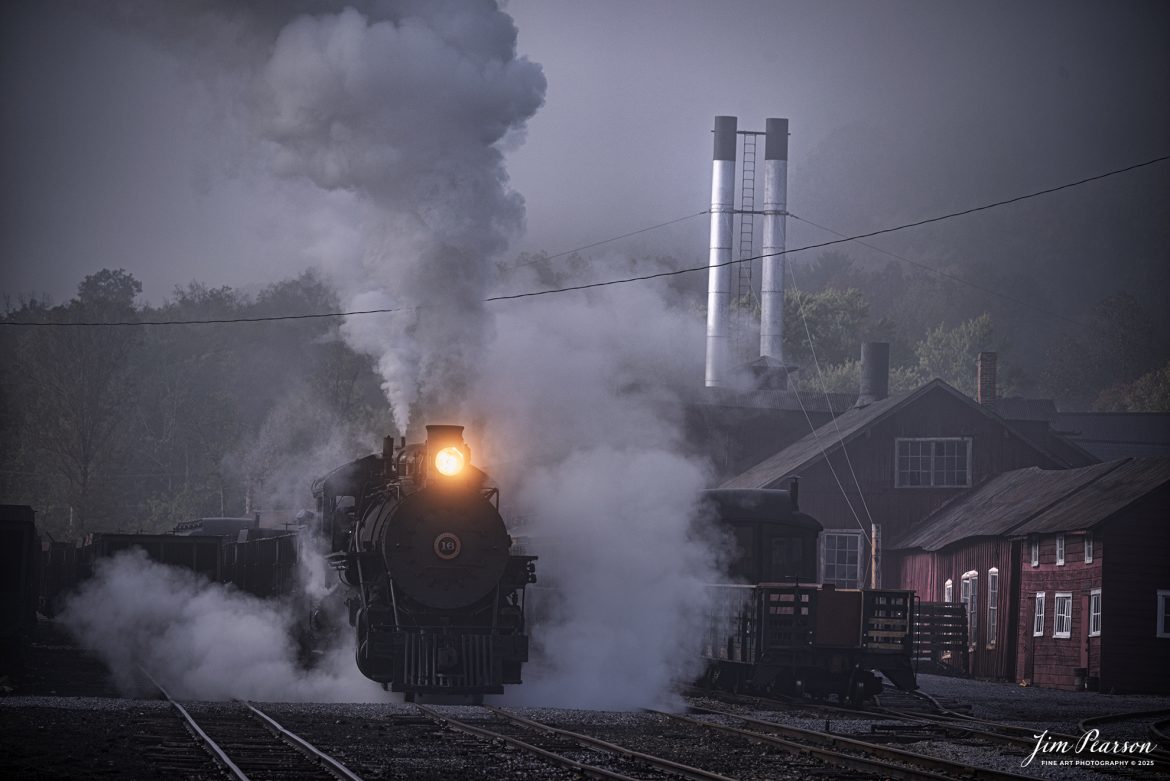
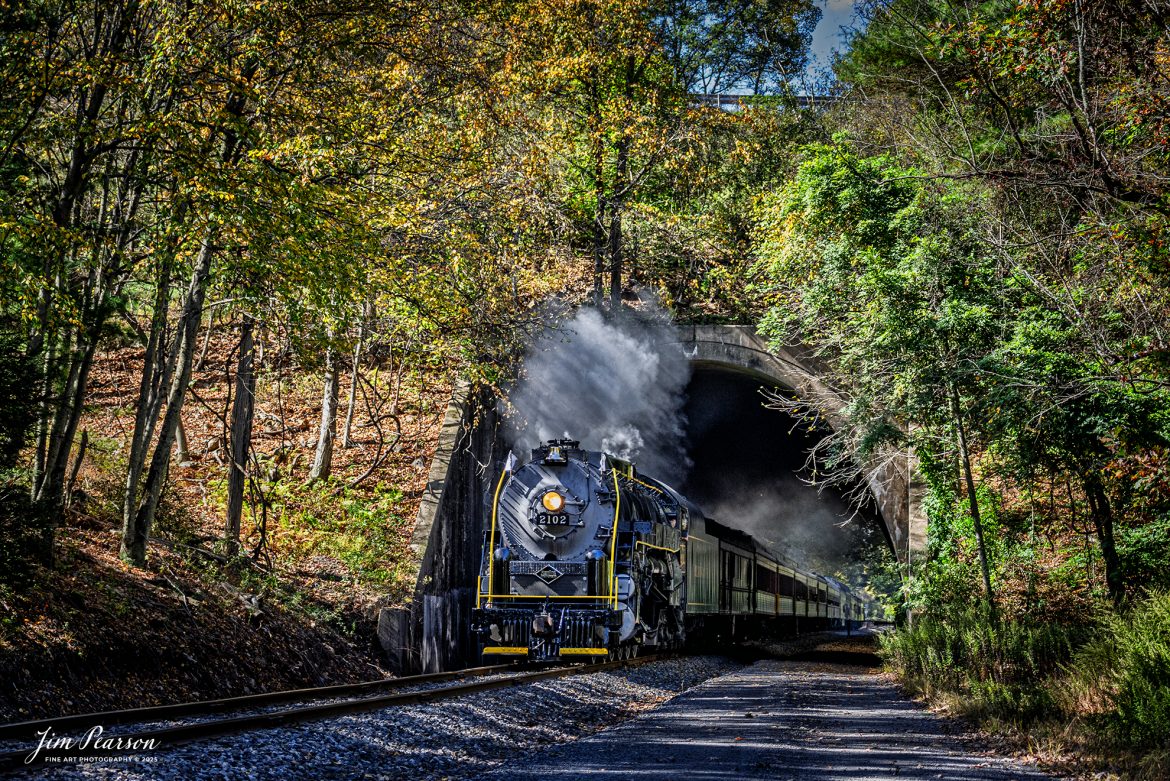
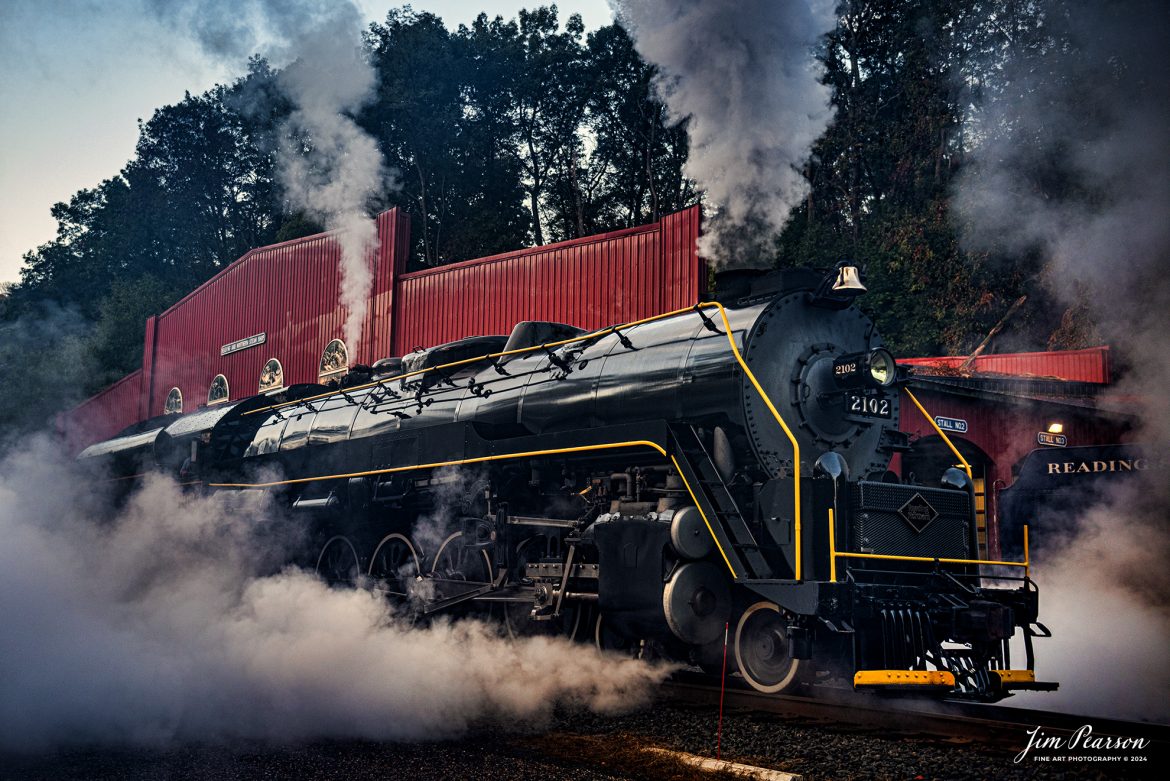
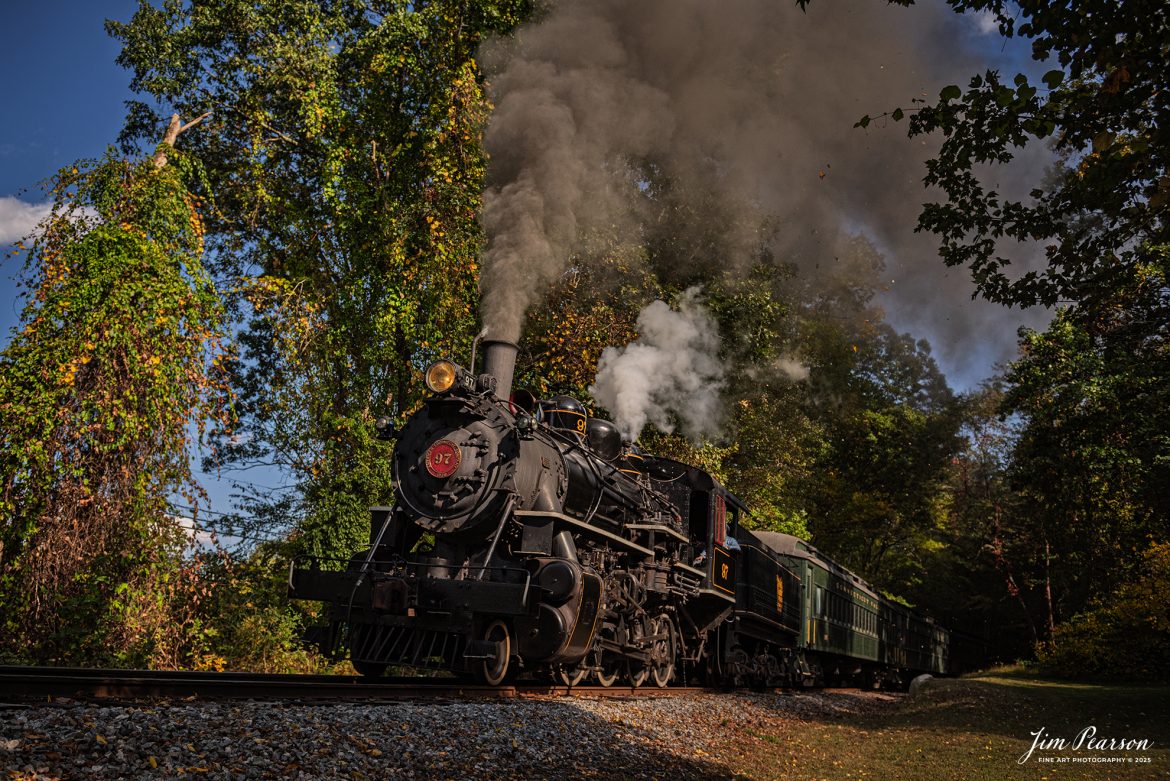
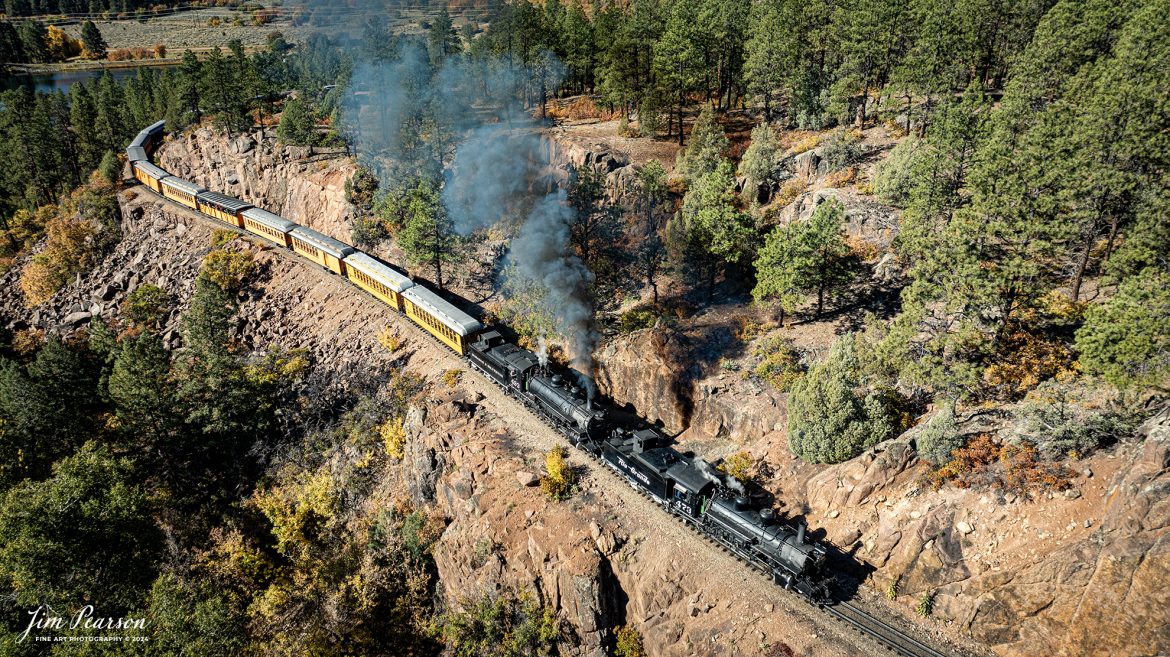
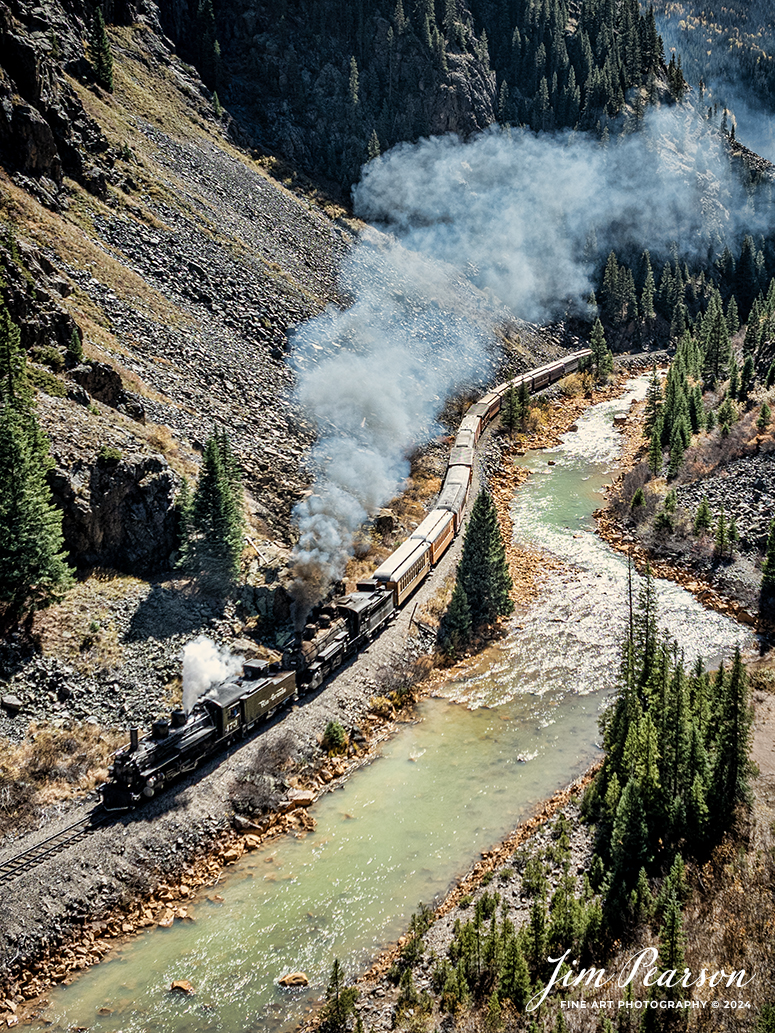
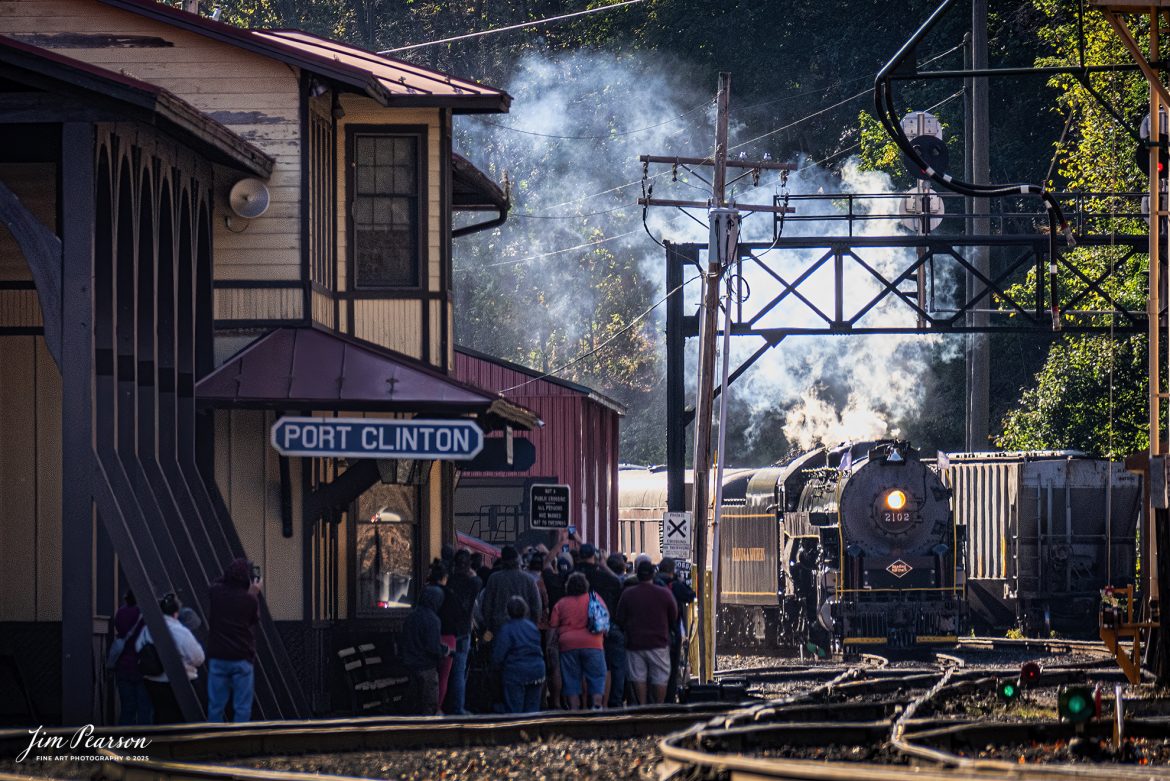
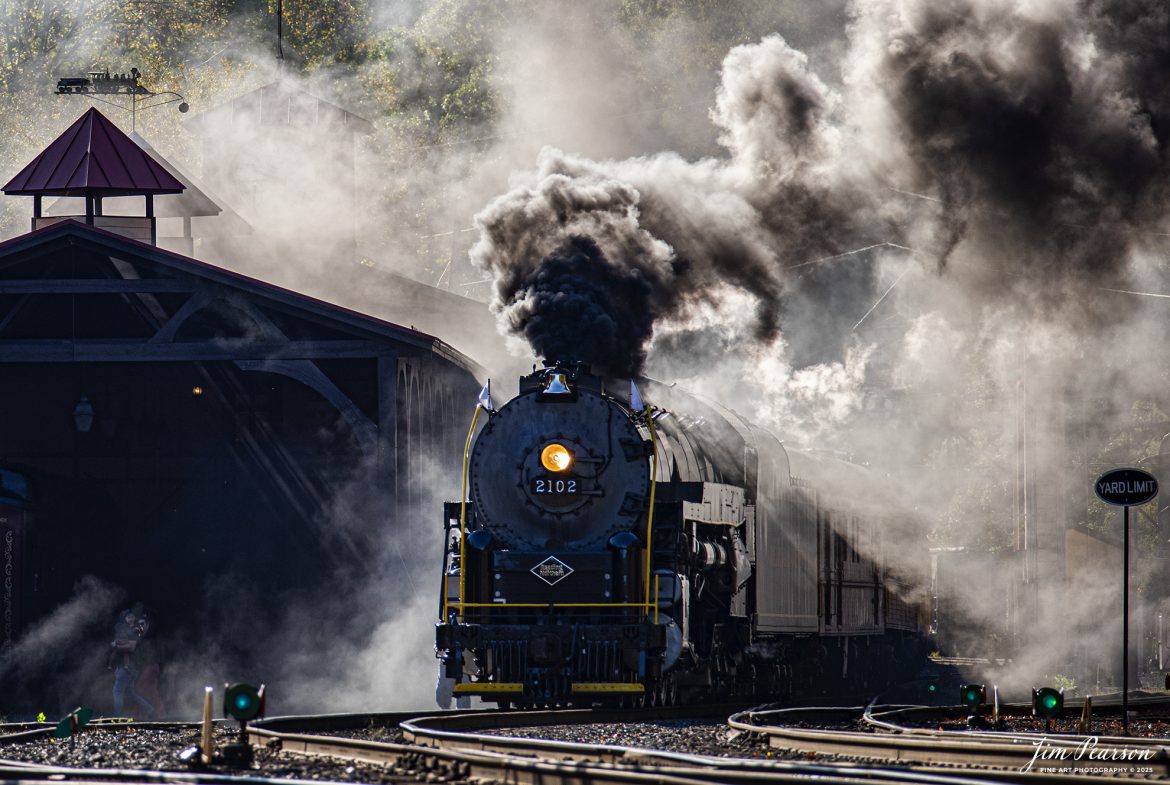
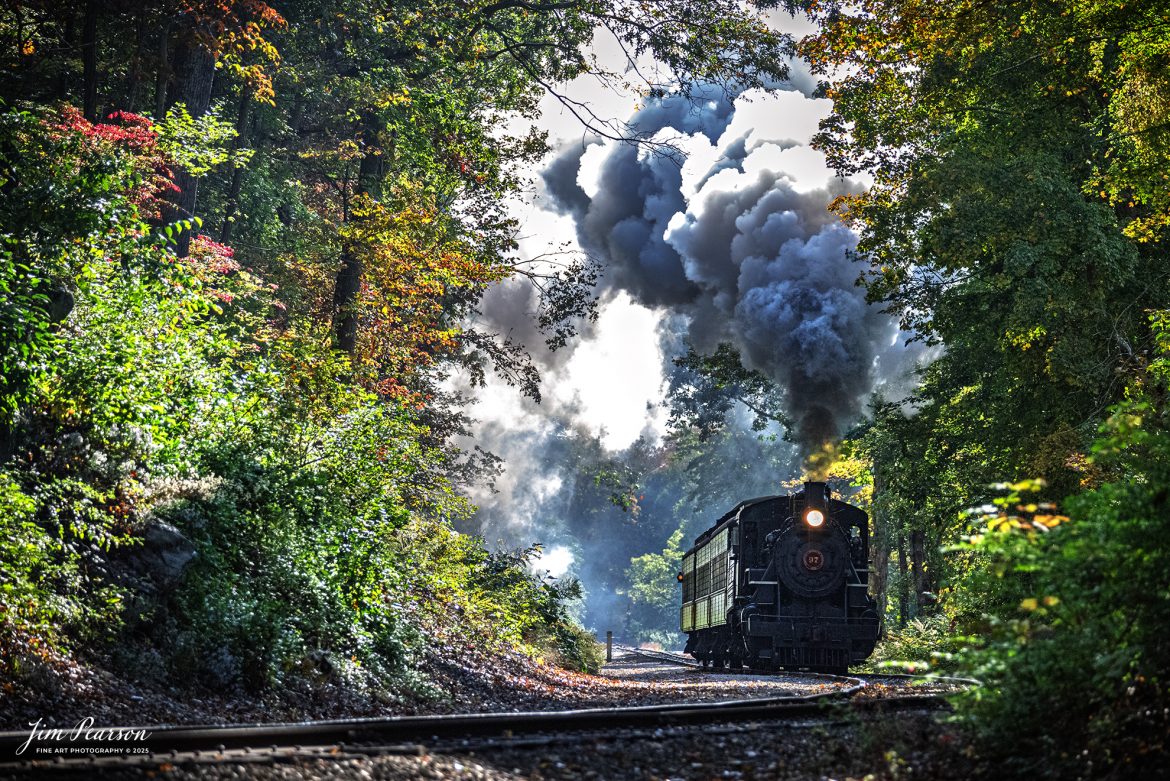
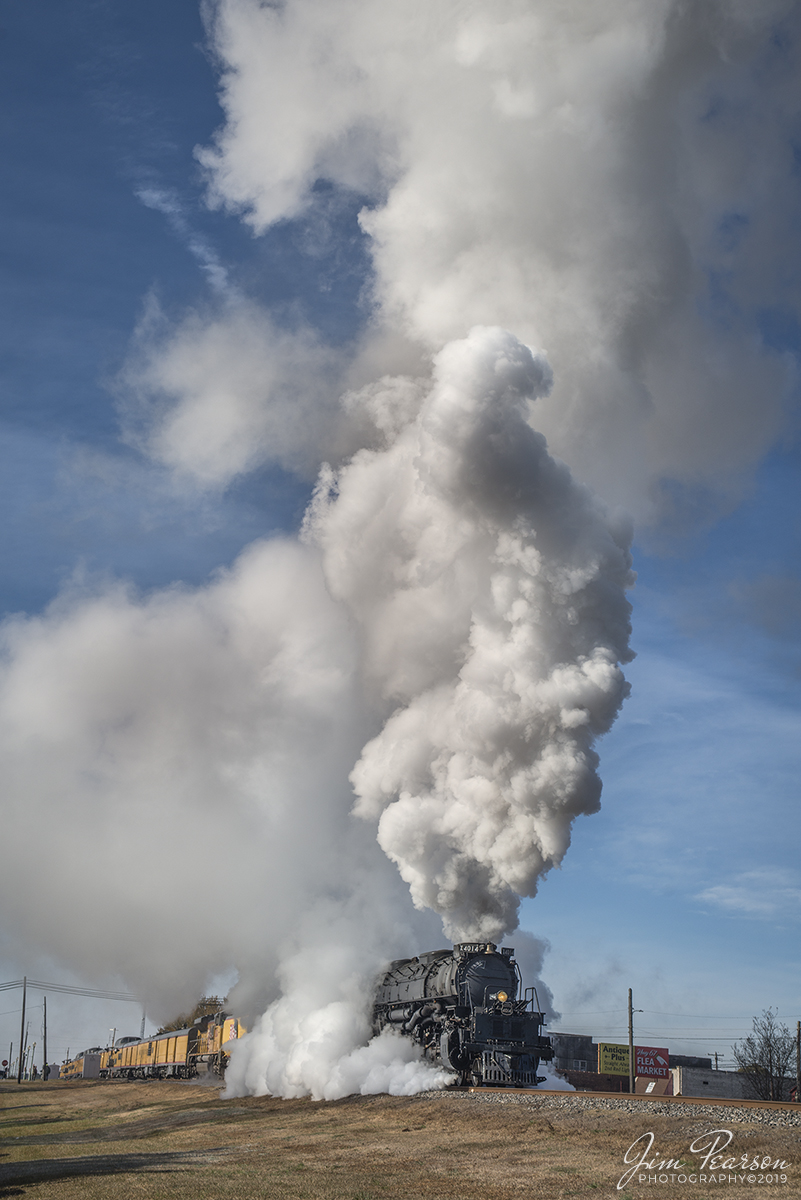
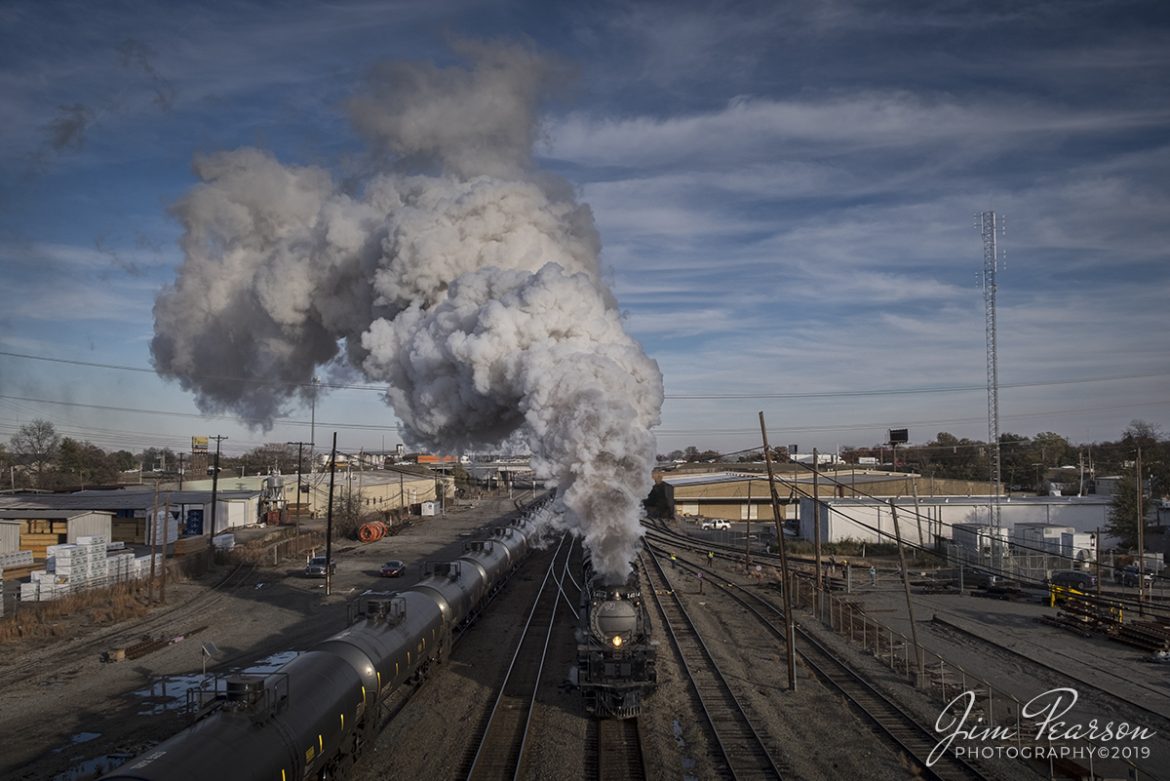
![November 13, 2019 - Union Pacific's 4014 Big Boy pulls it's train north out of Union Station at Little Rock, Arkansas on a cold fall afternoon.
Union Pacific has billed this move as The Great Race Across the Southwest as the train is making a circle around the southwest over a six week or so period hitting Arkansas, Arizona, California, Colorado, Kansas, Missouri, Nevada, New Mexico, Oklahoma, Texas, Utah and Wyoming.
According to Wikipedia: Union Pacific 4014 is a four-cylinder simple articulated 4-8-8-4 Big Boy-type steam locomotive owned and operated by the Union Pacific Railroad. Built in 1941 by the American Locomotive Company (ALCO) of Schenectady, New York, No. 4014 is the only operating Big Boy of the eight that remain in existence.
The locomotive operated in revenue service until 1959. It was donated to the Railway and Locomotive Historical Society in late 1961 and thereafter displayed in Fairplex in Pomona, California. In 2013, Union Pacific re-acquired the locomotive and launched a restoration project at their Steam Shop in Cheyenne, Wyoming.[citation needed] In 2019, No. 4014 was operated for the first time after it sat dormant for almost six decades. Part of Union Pacific's heritage fleet, it now operates in excursion service, in addition to hauling revenue freight during ferry moves.
Tech Info: Fuji XT1, Nikon 18mm, 1/350sec, f/7.1, ISO 200.
#fuji #UP4014 #UPSteam #unionpacificbigboy #bigboy #unionpacificrailroad](https://www.jimpearsonphotography.com/wp-content/uploads/2025/01/WEB-11.13.19-UP-4014-Departs-Union-Station-2-Little-Rock-AR.jpg)
